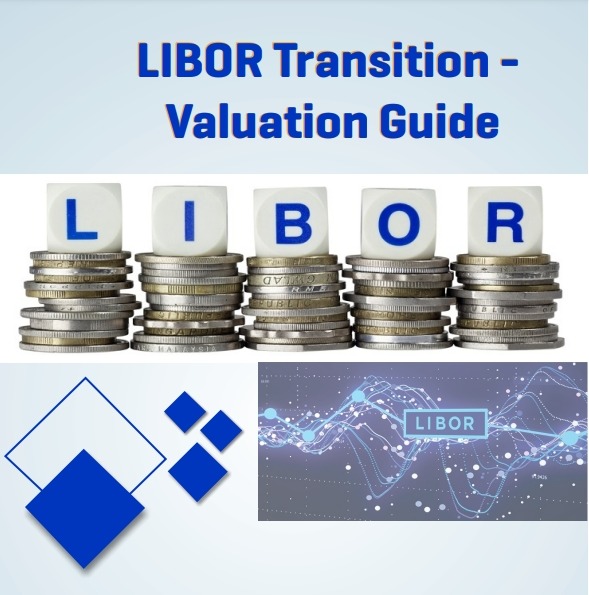Booklet on LIBOR Transition- Valuation Guide brought out by ICAI and ICAI RVO
Introduction
The use of LIBOR interest rates can be found from the surge of the Eurodollar market (US dollar denominated deposits held outside of the US) in branches of banks outside the US in the 1960s. The origin of the term ‘LIBOR’ has been credited to a Greek banker called Minos Zombanakis, who was running the London branch of Manufacturer’s Hanover. In 1969, he organised an $80 million syndicated loan for the Shah of Iran, referenced to what he called a London interbank offered rate.
In the beginning, LIBOR was calculated for three currencies – the US dollar, the British pound and the Japanese yen. By the passage of time, more currencies / maturities were added. In year 2021, 35 LIBOR rates were posted each day for seven maturities each for five major currencies, viz., the Swiss franc, the Euro, the Pound sterling, the Japanese yen, and the US dollar. LIBOR rates are computed as a ‘trimmed mean1 ’ of rates obtained from major banks based on responses to the question: ‘At what rate could you borrow in a reasonable market just prior to 11 a.m.?’
The subjective nature of the question, especially related to timing and size – ‘reasonable market size’ and ‘just before 11 a.m.’ – leaves LIBOR vulnerable to manipulation.
The evolution of the repo market led to a decay in the volumes of unsecured interbank transactions. As these transactions shrunk, LIBOR rates became increasingly un-verifiable and increasingly reliant on expert judgement of banks. Conflict of interest was inherent – the polling banks have ‘significant’ presence in related markets, but they also hold large derivative and loan contracts that are priced by using LIBOR rates.
Read More on ICAI

